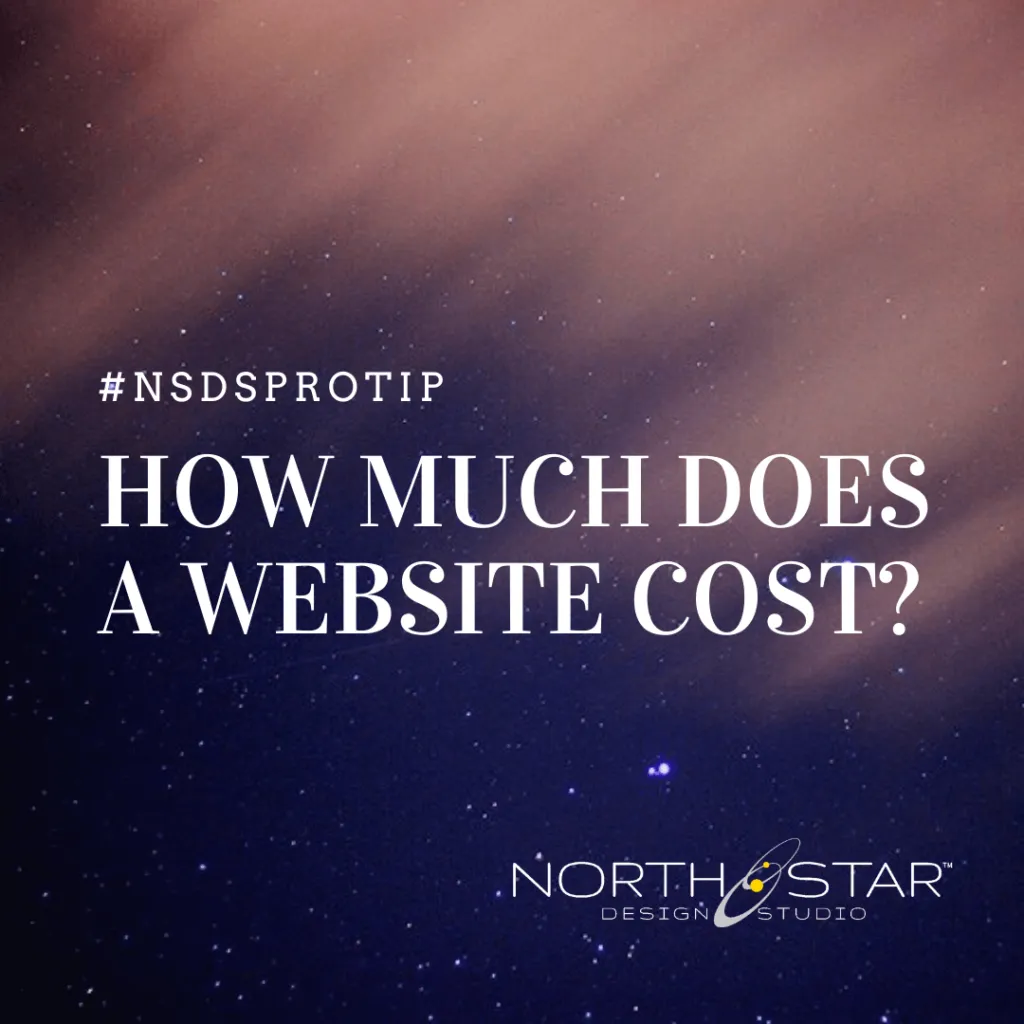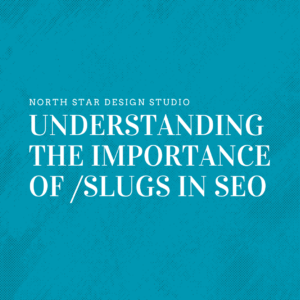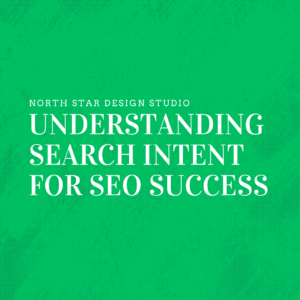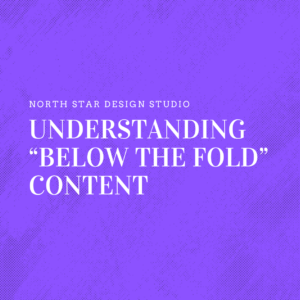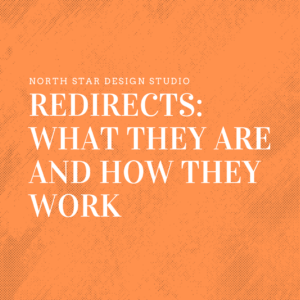Budget your website according to business goals.
At NSDS, we are frequently asked about the cost of a website. In one sense, asking “how much does a website cost?” is a little like asking “how much does a car cost?”
The answer depends on the make/model of the car, trim levels, added features, etc. If it’s a used car the questions go deeper; how many miles are on it, has it been well maintained, has it been in any accidents, you get it.
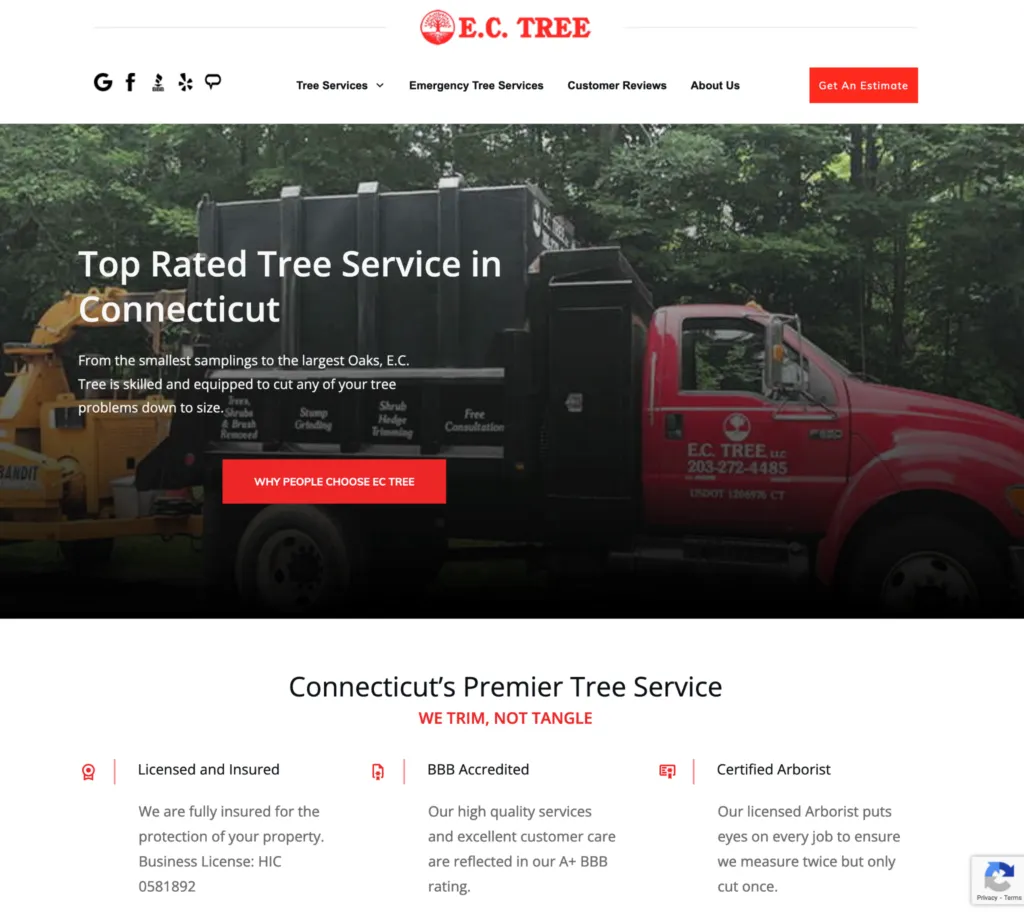
Check out this website. Before you try to guess at what it might cost you to get a site like this, let us ask two basic questions.
“Is your business website worth the money?”
Yes. If it helps you earn money, then it is worth it.
An established, profitable service-based business with a proven product/service, a defined market, and an established procedure, will benefit from a site that does more than just look good. Investing in a more effective and informative business website that is built with conversions in mind will help you attract better clients, more of them and it can even help you deliver better service by alleviating administrative work for your team
“How much does it cost to build a business website?”
It depends on the goals of a website and the quality of service and tools you are willing to pay for.
This implies that a DIY, 5-page website with no customization will be less expensive than a highly personalized 50-page site with all the bells and whistles. While you can get a website at a low cost, it can’t be compared with a professionally designed website in terms of functionality and usability.
What if I can get a website for cheap or free?
The only free cheese is in the mousetrap
Many of today’s site builders have excellent user interfaces, and template-driven designs can be quite appealing to tech-savvy DIYs and others dabbling in web development. Unfortunately, you’ll find that services you truly need come with extra costs, many of which are added to your website development cost.
If you do not pay the higher costs, these sites will place advertisements on your site that look quite ugly. If you want to sell services or products, you will undoubtedly need to pay for the premium features.
And don’t get too attached to your template! You might want to consider the fact that it may become obsolete after a couple core updates and the site design changes needed to make the template work with your functions, plugins and content.
Another infamous cliche in one of these situations is finding an ‘expert’ on Fiverr who could build your website for $500. While there are quality developers everywhere, they’re usually a needle in a haystack when we’re browsing cord source platforms. The chances are likely that a freelancer valuing their time at $500 is inexperienced or cutting-corners they think you can’t see.
Cheaper doesn’t mean better. The saying, “You get what you paid for,” is as true in web design as it probably is in your specific area of expertise.
#NSDSPROTIP
Be aware of low-budget pricing. Unusual, low costs are frequently accompanied by substandard web development, an unpleasant experience, or nickel and diming you for everything. If you want to employ a professional to help you with your website but don’t think you can afford a one-time lump sum payment, inquire if they offer a tiered payment structure to help break up the costs over the duration of the project.
The Purpose of the Website
Why do you want to reach people?
The cost of a website is also determined by its purpose. At NSDS, our clientele is primarily service-based businesses and for them we classify websites into four basic categories:
1) Business Website
If you’re a service-based business, this is the website for you. A business website is a website designed to represent the identity of a business on the Internet.
There are many reasons why a business might want to be visible on the Internet, including public perception of its size, sophistication, modernity, connectedness, customer service, and reliability – and typically to encourage inquiries from potential customers or partners.
The business website is more than just an ‘online business card’, it serves as your digital front door where visitors browse your offerings and learn more about your company. Service-based businesses can present their previous work through their website as well. With the right combination of content, lead capturing tricks and functionality, a great business website can create a steady flow of new customers.
A business website with modest functionalities can cost between $5,000 and $15,000.
2) Personal Website and Blogs
Personal websites based around blogs are used to share news and advice with the public.
The range for personal blog websites varies greatly depending on the developer but typically cost range between $1,000-$15,000 each.
SM influencers, media personalities and thought leaders often benefit from these websites though the greater the anticipated ROI, the higher the development price. While NSDS has a great deal of experience managing and developing blog and related content for service-based businesses, we believe ongoing marketing services are key for professionals in these markets. Since we don’t offer digital marketing services, we typically refer out to partners who offer full ongoing marketing support for websites like these. Ask us for a referral.
3) E-commerce website
An e-commerce site is required if you wish to sell your products or services online and accept payments through your website. An e-commerce site has several characteristics that distinguish it from other types of websites. A product database, shopping cart capability, a payment gateway, and the configuration of a shipping matrix are examples of these.
An e-commerce site costs between $10,000-$300,000+ depending on the outsourcing destination, development vendor, and tech stack.
Again, the NSDS team has enough experience to know that real success and ROI with e-commerce is found in the ongoing marketing efforts so we typically provide referrals to full service marketing agencies instead of taking on e-commerce projects ourselves. Ask us for a referral.
NSDS Price Estimates
In terms of monetary value, the cost of developing a website for an established service-based business is between $5,000 and $15,000 and requires 60 to 200 hours of work.
That is a significant price range. So let’s break it down to understand it better.
What is involved in Web Design and Development
Let’s take a deeper look at the individual aspects influencing the cost of developing a small company website:
1) How big is your site, ie: page count?
Assume a web design company offers a 10-page website package, what does that mean? When we’re talking about Business Websites, pages can be broken into the following categories:
- Product Pages, ex: Home, Services and Pricing/sales
- Supporting Pages, ex: About us/team, Mission/Values, Contact/booking, Testimonials
- Other Pages, ex: Privacy policy, terms/conditions, cookie policy
Typically when a Proposal mentions ‘up to 10 pages’ there is also a note saying something along the lines of ‘up to 3 page templates’, a custom template for the ‘home page’ and then 1 template design for the rest of the product pages and 1 design for the Supporting pages. “Other pages’ typically are just straight text on a page and so don’t need to be ‘designed’.
This is often a pain point for business owners who may not have realized the limited template caveat in the proposal. The NSDS team doesn’t offer straight ‘5-page or ’10-page’ packages. Instead, we focus on client goals and create custom packages that support the messaging and needs of their market which may require 25 pages split over 7 different page templates. This client website required 5 custom page templates for a >10 site. We knew this in advance through in-depth discovery which allowed the client to properly budget for their goals.
2) Hosting, Domain Registration and Email Services
When you are launching a website, securing a domain name is ground zero. Regardless of the type of your business, you can’t make a stand on the internet without domain registration. It costs you around $20 a year.
Web hosting ensures that your website is accessible to the public at a virtual address. The cost depends on the type of hosting you sign up for. Generally speaking, shared hosting is the cheapest but comes with the lowest server capacity. Dedicated hosting results in better website performance and costs around $45 per month.
The applications for an email service provider are far-reaching. Email is an important method of business communication that is fast, convenient, and usually secure. On average, a mid-size business can expect to spend around $12/user per month on email services.
#NSDSPROTIP
We assist our clients in picking the best hosting service for their website depending on their goals and budget.
3) Theme Builders, Templates and Plugins
A theme or template is the foundation of every website. Almost no one codes a website ‘manually’ anymore. That is far too time-consuming and costly. A modern WordPress theme is mobile responsive out of the box and will frequently get you 50-60% of the way there, but there will still be a lot of tweaking and coding required to have your site appearing and operating the way you want it. The more customization and coding is necessary, the higher the cost is. Website builders and themes are a reason why you can typically construct a responsive business website with awesome functionalities for $4,000-$10,000 instead of $15,000-$20,000 or more.
4) Branded Graphics and Custom Photography
Engaging and brand-specific photos and graphics can give your site a one-of-a-kind appearance. Stock art can be sourced economically online and can really take the feel of a site to the next level. Relatedly, businesses with ‘products’ often have professional, high-quality product images available for use from other marketing efforts. If not, those need to be sourced through a provider other than the site developer and can add cost/time to a project.
#NSDSPROTIP
If you need custom photography, save yourself time and money by contracting for those services directly with a local photographer. Then ask your developer/agency to collaborate with you and that photographer on the format/style so the final product marries well with the goals of the website development project. It’s important that the image ‘source’ questions be answered early in the discovery process to allow time for vetting photographers and to see if you’ll need to budget for ‘consultation’ fees with your agency/developer.
5. Custom Functions, Programming, and Integrations
Occasionally, you can find a WordPress plugin that provides the exact functionality you require right out of the box (i.e. image carousel, pop-ups, contact forms, payment calculator, etc). Other times, getting your custom website to do what you want takes a lot of trial and error. Sometimes a premium plugin doesn’t do what is required. Getting everything to work will usually necessitate tinkering and testing which can add time (ie: cost) to a project. The NSDS team will often advise one way or the other on whether customization is ‘worth the money’. We love out-of-the-box options because the maintenance is easier and it keeps costs down for the client.
6) Design revisions
Most website projects begin with an initial concept design (similar to a rough draft), followed by one or two rounds of design modifications to get everything just right. After the initial design is approved, the project will move into technical development and it’s in this phase where design changes can start to add substantial time (=cost). Design changes during the development process can have a ripple effect throughout the code that affects functionalities and can cause a wide array of issues.
7) SEO, Content, Copywriting
Search Engine Optimization (SEO) can be broken down into 3 basic groups:
- Technical SEO: Performance, Accessibility, and Optimization
- On-page SEO: Anything on your web pages – Blogs, product copy, web copy.
- Off-page SEO: Anything which happens away from your website that helps with your SEO Strategy (ex: Backlinks).
Technical SEO is the foundation upon which all other SEO and SEM efforts are built. It is the process of ensuring that a website meets the technical requirements of modern search engines with the goal of improved organic rankings. Important elements of Technical SEO include crawling, indexing, rendering, and website architecture.
The cornerstone of any great website is solid, smart, and persuasive content (On-page SEO). If you’re launching a new website but don’t currently have any content, you’ll need to create some. If you already have a website but the content is weak, stale, or outdated, it will need to be updated, possibly even overhauled.
#NSDSPROTIP
Communicate not only your business’ unique selling proposition (USP) to your SEO copywriter but your ‘tone’. Provide samples of previous things you’ve written, SM posts you’ve made for your business, and links to interviews/podcasts you’ve done if possible. Help your content writer to step into your shoes to echo your voice and create content that attracts better clients and more of them.
Off-page SEO is typically where businesses start to benefit from the services of a marketing agency as it has a snowball effect on paid marketing strategies. The low-hanging fruit of Off-page SEO includes your backlinking strategy, reputation management, and listings management.
#NSDSPROTIP
A low-budget way to take a small bite out of your off-page SEO is to ‘go google yourself’. Then browse every profile/listing that comes up on pages 1 and 2 to ensure all the content is accurate. You’re likely to uncover listings of your business that you never knew existed. Usually claiming those listings is free. I recommend clients create a clean text file with their business name, email, tele, website URL, and business descriptions so they can copy/paste it quickly into profile settings. Google wants consistency so be sure you’re using the same tele, email and business name EVERYWHERE.
8) Ongoing Maintenance
A website is a machine, and like any machine it needs maintenance. You wouldn’t put 100K miles on your car and never give it an oil change. Every website will require upkeep to remain functional as technically and platforms evolve. Likewise, your business itself will evolve over time and you’ll want to update services, prices, images, etc. on a regular basis.
Without regular maintenance, we would expect your website to need a full rebuild every 2-3 years. Think about it, how many times have you had to get a new phone or computer simply because the operating system is no longer supported by the manufacturer and you can’t update the programs anymore? That’s how websites work too.
#NSDSPROTIP
Ask your developer during the initial consultation or discovery process what the maintenance will look like for the site. Some developers offer monthly options as well as more economic 6-month check-ins, see what your options are before the project starts and consider that during your budgeting process.
Now that you have a basic idea of the costs associated with creating a basic website, let’s look at some of the extra features that are worth paying for. We’ll only look at add-ons that can convert visitors into buyers, increase your web traffic, and help you rank higher in search engines like Google.
How Much Are You Willing to Spend on Your Website?
When deciding whether or not to launch a website, the question should not be: “How much does a website cost?”
Instead, consider: “What does my company require to grow and expand?”
The long and short of it is that the amount of money you invest in a website is ultimately determined by what you want to gain from it and how confident you are in your own business. You’re investing money in a website in the hopes of achieving a specific goal in the future (probably more clients if you’re anything like everybody else)!
The best way to determine a budget for a website is to map out your goals and define what success looks like. If you’re a contractor and a website with everything you want costs $8K and one new client (ie: a $30K kitchen remodel) will recoup your investment then that site might be a good investment since it’s all ‘gravy’ after that a new client or two. If you’re a business coach and improve your website conversions by 5 new clients next quarter, is that worth the investment?
If you’re searching for a low-cost solution that allows you to “check a box” and declare, “Yes, I have a website,” keep in mind that quality comes with a price. What are the penalties if your website fails to convert visitors (or worse yet, repels them by breaking down or implying your services are sub-par because the website is sub-par itself)?
It’s critical to understand what you’re getting (and not getting) when you invest in your website. And while you don’t need to understand ‘how’ it works, you do need to understand the value of what’s ‘under the hood’.
An established, profitable service-based business with a proven product/service, a defined market, and an established procedure, will benefit from a site that does more than just look good. Investing in a more effective and informative business website that is built with conversions in mind will help you attract better clients, more of them and it can even help you deliver better service by alleviating administrative work for your team.
North Star was founded on the idea that success comes from collaborative ideation with clients, not shoe-horning them into a boiler-plate solution. My team takes a holistic approach, evaluating the inner workings of a business and auditing their digital presence as a whole to ensure our solution will take their business in the right direction.
When you’re ready to move your business in the right direction, North Star will be there to help guide you on your way.
Get Started Here: https://www.northstardesign.studio

